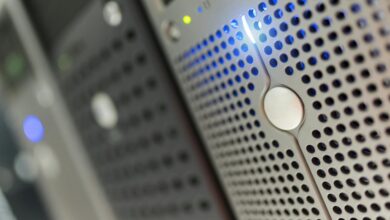Exploring 3054238938 in Telecommunications

The number 3054238938 serves as a significant case study in telecommunications, representing the Miami area code and its associated local number. This standard format illustrates the intricate relationship between area codes and regional connectivity. Understanding its implications for communication networks is essential. Furthermore, it raises questions about user experience and service enhancement in an increasingly digital landscape. These aspects warrant further exploration to uncover their broader impact on the telecommunications industry.
The Origin and Structure of 3054238938
The origin and structure of the telecommunications identifier 3054238938 reveal significant insights into its functional framework and historical context.
This identifier follows a standard number format, comprising a three-digit area code followed by a seven-digit local number. The area code 305, associated with Miami, underscores regional connectivity, reflecting demographic trends and technological advancements in communication, thus influencing user accessibility and choice.
Implications for Communication Networks
As telecommunications identifiers like 3054238938 integrate into modern communication networks, they present profound implications for both infrastructure and user experience.
Enhanced network efficiency emerges as systems adapt to utilize these identifiers effectively. However, this integration also introduces significant security challenges, necessitating robust protocols to safeguard data integrity.
Balancing efficiency with security becomes essential for sustaining reliable and resilient communication frameworks in an increasingly interconnected world.
User Experience and Service Enhancement
Integration of telecommunications identifiers such as 3054238938 significantly enhances user experience and service delivery within communication networks.
This implementation promotes user satisfaction through streamlined processes and improved service reliability. By facilitating efficient data management and reducing latency, the use of such identifiers empowers users with greater control and accessibility.
Ultimately, this technological advancement fosters a more responsive and adaptable communication environment, aligning with user expectations for freedom and autonomy.
Conclusion
In conclusion, the number 3054238938 exemplifies the integral role of area codes in enhancing communication efficiency and regional connectivity. Notably, the 305 area code serves over 2.5 million residents in South Florida, underscoring the importance of localized telecommunications in fostering community interaction. As technology evolves, the adaptability of such identifiers will be crucial in meeting user expectations while addressing emerging security challenges. Thus, understanding these dynamics becomes essential for the continuous improvement of communication networks.




